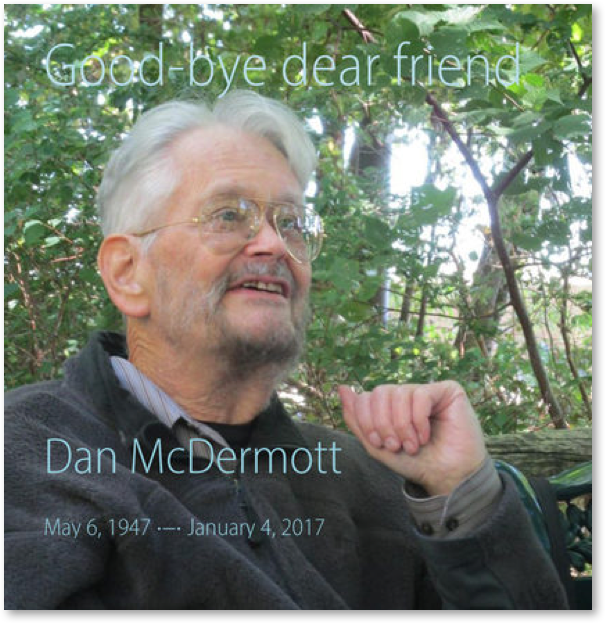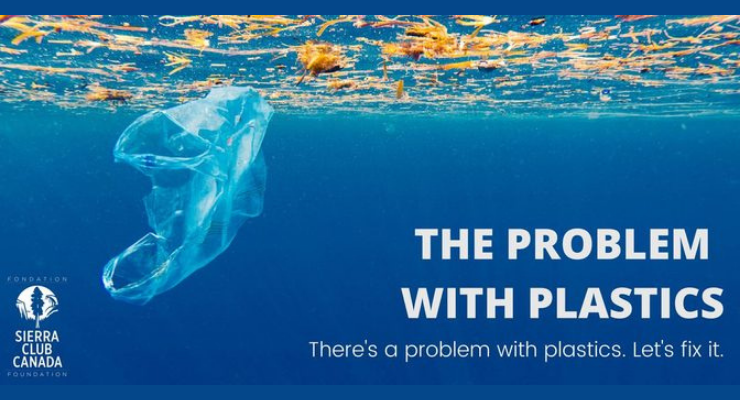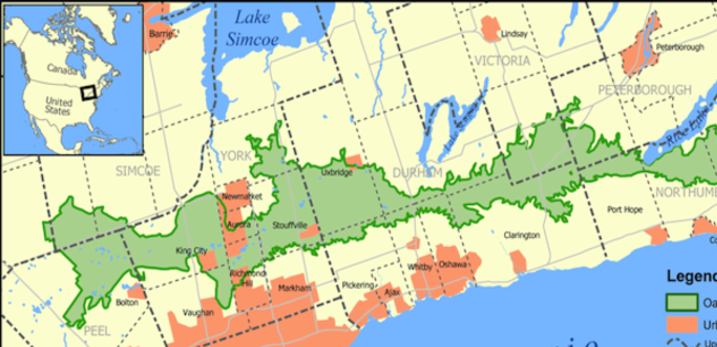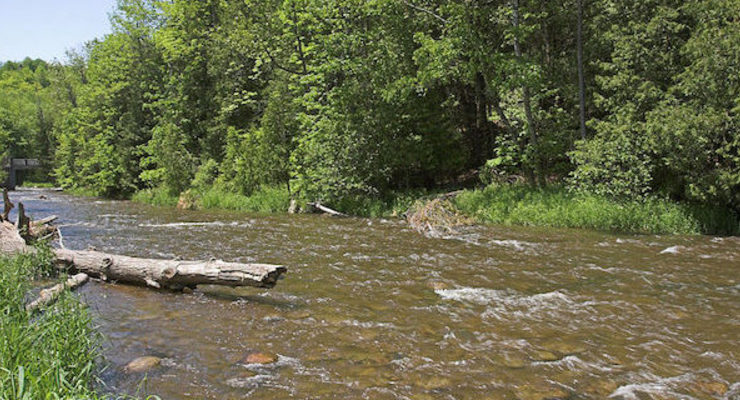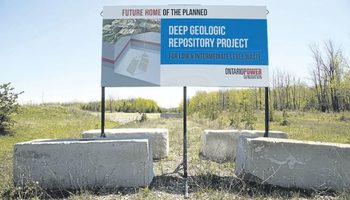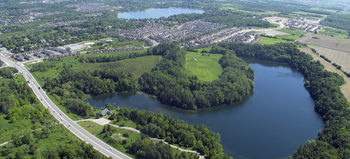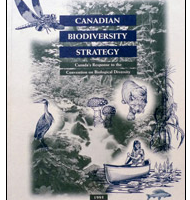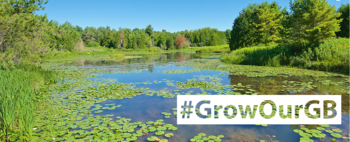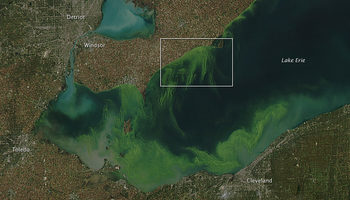Ontario Chapter
DONATE
At Sierra Club Ontario, our work mainly focuses on protecting the Great Lakes ecosystem, increasing awareness about air pollution, and promoting Green Energy adoption in Ontario. Sierra Club Ontario also works on very local issues, in coordination with smaller communities in Ontario.
Part V: The Importance of Protecting Ontario’s At-Risk Species
Yvonne Ho — September 19, 2017This blog is Part V of a 5-part blog series, as part of our Biodiversity Video Campaign.
"Ontario is home to a diverse collection of ecosystems but every year, more plants and animals are added to Ontario’s list of species at risk, which now numbers more than 200."
Biodiversity describes the diverse species of plants and animals in an ecosystem.
Sierra Club Ontario is Hiring an Environmental Outreach Intern (Volunteer)
Yvonne Ho — September 18, 2017Let's Save our Bees!
Yvonne Ho — September 15, 2017Are you interested in learning about bees and local pollinators, including causes for their decline and actions you can take to help support their habitat?
Come out and attend our FREE WORKSHOP on September 29th, from 11am -12.30pm, at University of Toronto's Hart House! Refreshments including local honey and organic fruits will be provided.
Spaces are limited, so REGISTER NOW!
Part IV: Boosting Biodiversity by Protecting our Forests, Wetlands & Watersheds
Yvonne Ho — August 28, 2017This blog is Part IV of a 5-part blog series, as part of our Biodiversity Video Campaign.
"Forests, wetlands and the watersheds they strengthen, are essential players in biodiversity and not only offer us a natural water filtration system, but are essential to the health of the natural environment."
Biodiversity Jenga
The success of ecosystems of any shape, size or type depends on the health of the resources that it relies upon.
Ontario Government Proposes Weak Agricultural and Natural Heritage System Mapping Frameworks for new Growth Plan
Yvonne Ho — August 15, 2017Part III: Persevering for our Pollinators
Yvonne Ho — August 11, 2017This blog is Part III of a 5-part blog series, as part of our Biodiversity Video Campaign.
"Pollinators are responsible for an estimated one out of three bites of food that people eat, which is worth billions of dollars to the North American economy."
The decline of the monarch butterfly and bee population has been a focal point of many conservationists and environmental groups over the past two decades.
Part II: Let’s Get Motivated for Biodiversity by Protecting Canada’s Lands & Freshwater
Yvonne Ho — July 27, 2017This article Part II of a 5-part blog series, as part of our Biodiversity Video Campaign.
"When ecosystem services are compromised, economic and health impacts such as lower agricultural productivity and lower quality drinking water can result, raising costs for Canadian, industry and governments."
Part I: Biodiversity in Ontario - Why does it matter?
Posted on July 20, 2017Come run with Sierra Club Canada Foundation and fundraise for the Planet!
Posted on July 18, 2017Do you have a passion for the environment and want to do something to help stop Climate Change? Would you love to be part of something bigger and make an impact in your community? Are you looking to get back in shape and achieve your 2017 fitness goals? Or... do you just simply enjoy running for the fun of it?
Next Steps in progress for our truly amazing Greenbelt!
Yvonne Ho — July 17, 2017"Natural Heritage Systems planning is about maintaining, restoring and enhancing ecologically sustainable and resilient landscapes."
The following article was written by Thaia Jones, Sierra Club Ontario's Greenbelt Campaign Chair.
Red Flags Waving for Rouge National Urban Park
Yvonne Ho — July 4, 2017The following article was written by Stephanie Hulse, Sierra Club Ontario's Environmental Outreach Coordinator.
Did you know that in the heart of Ontario’s Greenbelt - a swath of federal protected conservation land that reaches from Niagara to Northumberland (also known as the Greater Golden Horseshoe) - is a national park under threat from a range of sprawl-related issues?
Sierra Club's Top Green Tips to Celebrate #Canada150
Yvonne Ho — June 30, 2017#Canada150 long weekend is finally here! While you're celebrating our wonderful country, don't forget to keep it clean and green! We’ve put together some simple green tips to help keep your festivities as earth-friendly as possible.

Happy Canada 150!
- from all of us here at Sierra Club Canada Foundation.
The case against urban sprawl in Midhurst, Simcoe County
Yvonne Ho — June 23, 2017"The Minesing Wetlands is a haven for wildlife in a denuded and biologically sterile environment, at risk of being washed over by shock waves of urban sprawl unleashed by a storm of developers’ greed."
It's finally here: Greenbelt Plan 2017!
Yvonne Ho — June 22, 2017The (Greenbelt Plan's) amendments uphold the Greenbelt's most central legacy: its permanence.
The following article was written by Thaia Jones, Sierra Club Ontario's Greenbelt Campaign Chair.
HERE AT LAST!
On May 18th Minister Bill Mauro, Ontario’s Minister of Natural Resources and Forestry, officially presented the new Provincial Greenbelt Legislation. Two years after so many of us wrote submissions or attended Town Hall meetings to discuss the Crombie Report on Greenbelt and Growth Plans for the Greater Golden Horseshoe's Co-ordinated Land Use Planning Review, the results are finally in!
But was it a WIN for environmentalists and the Greenbelt? Or was it a LOSS? Or a bit of both? Environmental groups are still dissecting the complexity of details to find the answers. Even then, we won’t be sure until the legislation is gradually turned into implementation and implementation is accompanied by the effective monitoring and enforcement strategies that have been stipulated.
That being said, the overall results are promising. The general consensus is that the new legislation is an improvement over the old, with greater protections for boundaries, more attention to curbing sprawl and more rigorous environmental assessment required. Monitoring and enforcement plans are to be designed and followed.
The provincial announcement was low key, generating little public attention or interest, possibly giving the province plenty of leeway in how promptly and energetically to act. Nevertheless, it sent a clear message to municipalities and developers that boundaries would be considerably more difficult to breach and sprawl would be gradually curbed.
The revised ratio of infilling urban development to greenfield(1) development is 60-40, with tight new restrictions on size and ease of growth around small communities. This latter restriction was a last minute legislative alteration and was quite likely a response to the 45,000 petition letters received. Unfortunately, the new ratio will be phased in between now and 2031, giving little help to beleaguered groups such as the Simcoe County Greenbelt Coalition who hoped for more immediate aid in slowing the rapid greenfield development in their area.
Also very encouraging is the province’s continued expression of interest in growing the greenbelt beyond its current borders. Growth through 21 urban river valleys(2) and 7 coastal wetlands remains a definite promise, but interest extends well beyond this to additional packages that have particular hydrological or other importance and that may not be too challenging to designate. The province is seeking recommendations from Environmental Defence in identifying some possible packages. Additionally, farm organizations are expressing increasing interest in exploring forms of protection for farmland increasingly threatened by sprawl, and their interest may lead to further countryside protections of one sort or another.
In summary, the legislation is here, and overall it looks good. We may cautiously count it as a win for the Greenbelt, and also a win for communities that might have found their infrastructure costly and unsustainable if they had succumbed to the short term allure of sprawl. It is not such a pleasing scenario at present for developers, who lobbied hard for fewer rather than more restrictions.
But the process of implementation has not yet begun and this next phase will be as important to get right as was the legislation itself. Our next work is already waiting for us. We must remain vigilant as new challenges emerge in interpreting the legislation, and we must find ways to encourage the province to keep up momentum as it works to turn its plans into realities.
Significant changes needed to tackle Lake Erie’s algal bloom problem
Yvonne Ho — June 22, 2017Lake Erie's algal blooms are hurting the lake's ecosystem, Ontario’s economy, and the health of communities that depend on it.
The following article was written by Dr. Lino Grima, former professor of Water Resources Policy and Environmental Management at the University of Toronto, Chair of Sierra Club Ontario's Great Lakes Campaign and Co-Chair of Sierra Club's Binational Great Lakes Committee.
An important part of Sierra Club Ontario’s advocacy work is the protection and restoration of the Great Lakes ecosystem, which constitutes the largest body of fresh water in the world. A major threat to the Great Lakes is the eutrophication(1) of Lake Erie leading to algal blooms, and the presence of health-threatening microcystin(2), especially in the western basin of the lake. Harmful and nuisance algal blooms are negatively impacting Lake Erie’s environment and Ontario’s economy, and present significant risks to human health.
To mitigate this problem, Canada has been working with its partners to develop a Canada-Ontario Action Plan to help reduce the amount of phosphorus – a key factor causing algae – from entering the lake. Back in March 2017, the Governments of Canada and Ontario circulated a joint “Draft Action Plan” -- a discussion document to assist in the engagement of key stakeholders, First Nations and Métis communities, and the public in action plan development -- to reduce phosphorus loading in Lake Erie, and achieve their 40 per cent phosphorus reduction target.
Sierra Club Ontario would like to congratulate Canada and Ontario’s leadership on this critical issue and particularly on the involvement of its citizens. We are encouraged that the Governments of Canada and Ontario recognize that the financial, social, and ecological costs of these blooms are significant and that action is urgently needed to reverse the trend.
However, as-is, the plan is inadequate -- it does not adequately describe what actions are necessary to achieve the proposed 40 per cent phosphorus reduction target. Without significant modifications to the Draft Action Plan, especially targeting agricultural sources of phosphorus and other non-point sources, Sierra Club Ontario fears that the final Action Plan will not adequately address the threat of algal blooms to Lake Erie.
In its current iteration, the Plan lacks most of the attributes of effective action plans including:
· Specific and measureable actions and objectives;
· Measureable results;
· Clear and reasonable timelines and deadlines;
· Accountability;
· Adequate budget for implementation.
As a member of the Great Lakes Protection Act Alliance (GLPAA)(3), Sierra Club Ontario has supported the GLPAA’s recent submission(4) in response to this Plan, particularly its call to confirm a timeline to reduce the phosphorus load reduction by 40 per cent by 2025 for the Ontario portion of the western and central basins of Lake Erie.
Enough is known about the problem to make a start on reducing the load of phosphorus and other nutrients such as nitrogen. However, the Plan would need to include more robust monitoring and adaptive management so that the scientific understanding would be enhanced and the policy refined.
Sierra Club Canada Foundation and Sierra Club Ontario expect that the authors of the Draft Action Plan will be responsive to the feedback garnered through the consultation process, and that the final Action Plan, expected to be in place by February 2018, will be significantly more comprehensive as a result.
Celebrating “National Indigenous Peoples Day”: A step in the right direction
Yvonne Ho — June 21, 2017The following article was written by Stephanie Hulse, Sierra Club Ontario's Environmental Outreach Intern.
Before I begin this blog, I must preface that I will be referring to all non- Indigenous Peoples living in the “land that is now known as Canada” as immigrant settlers.
Dan McDermott's Legacy as Freshwater Hero
Yvonne Ho — June 16, 2017The following blog was written by Kristina Jackson, Sierra Club Canada Foundation's National Operations Director, and long time friend and colleague of Dan McDermott.
The Freshwater Hero 2017 award is a canoe-shaped piece of wood, lovely, solid and smooth. The canoe shape indicates the close connection between humans and water. And in this case it symbolizes the respect of other enviros for Sierra Club's Dan McDermott.
A Memorial for Dan McDermott
Yvonne Ho — May 30, 2017